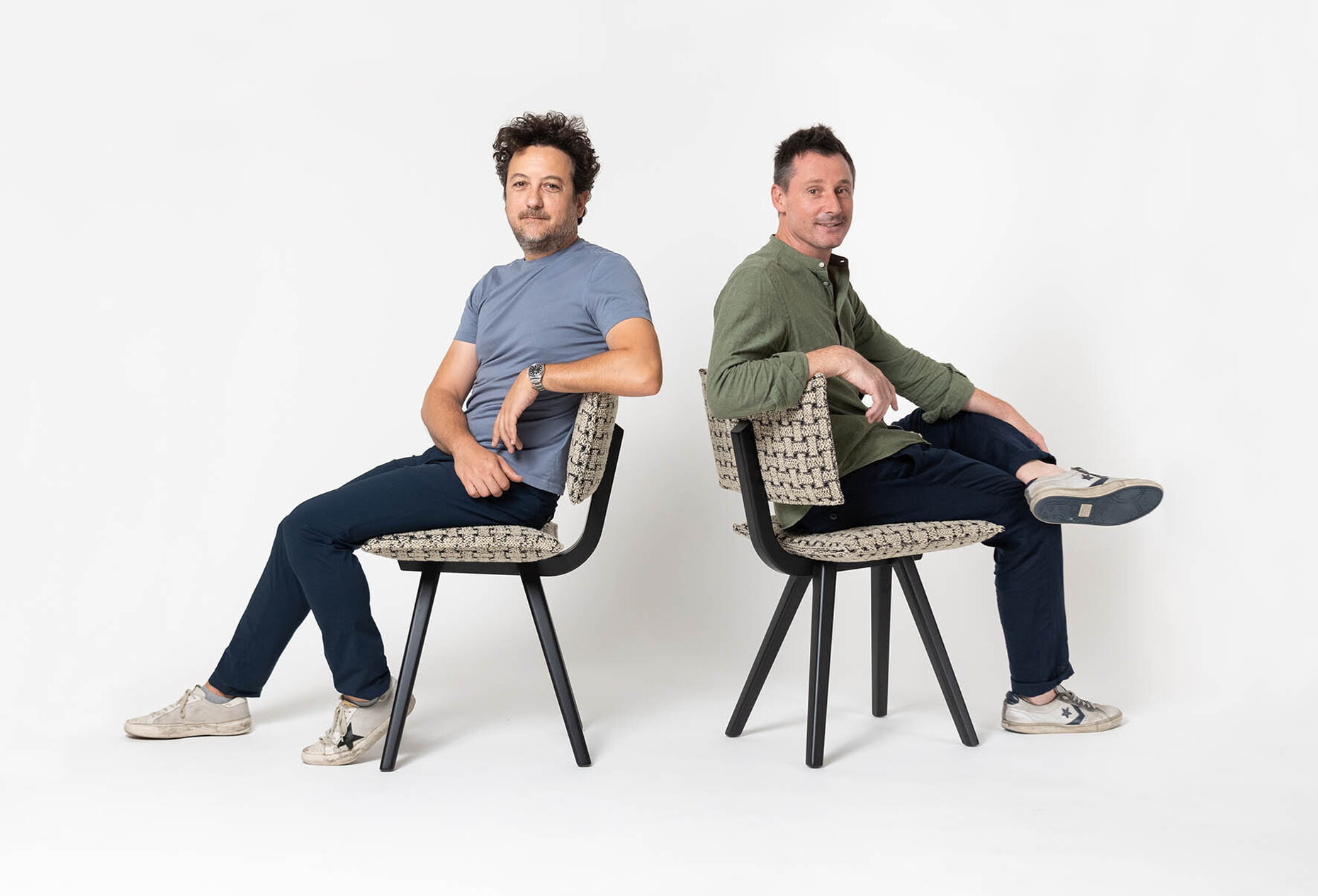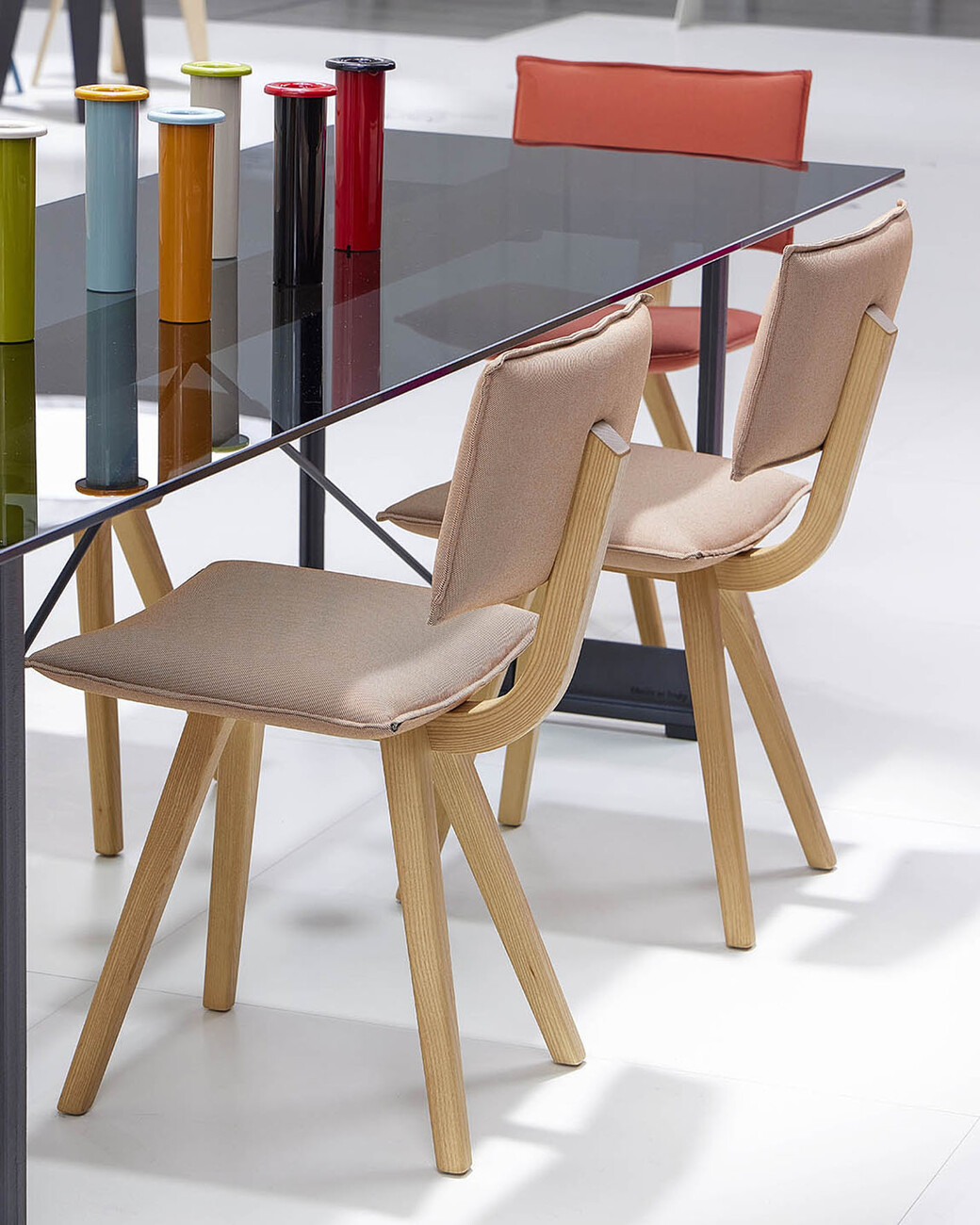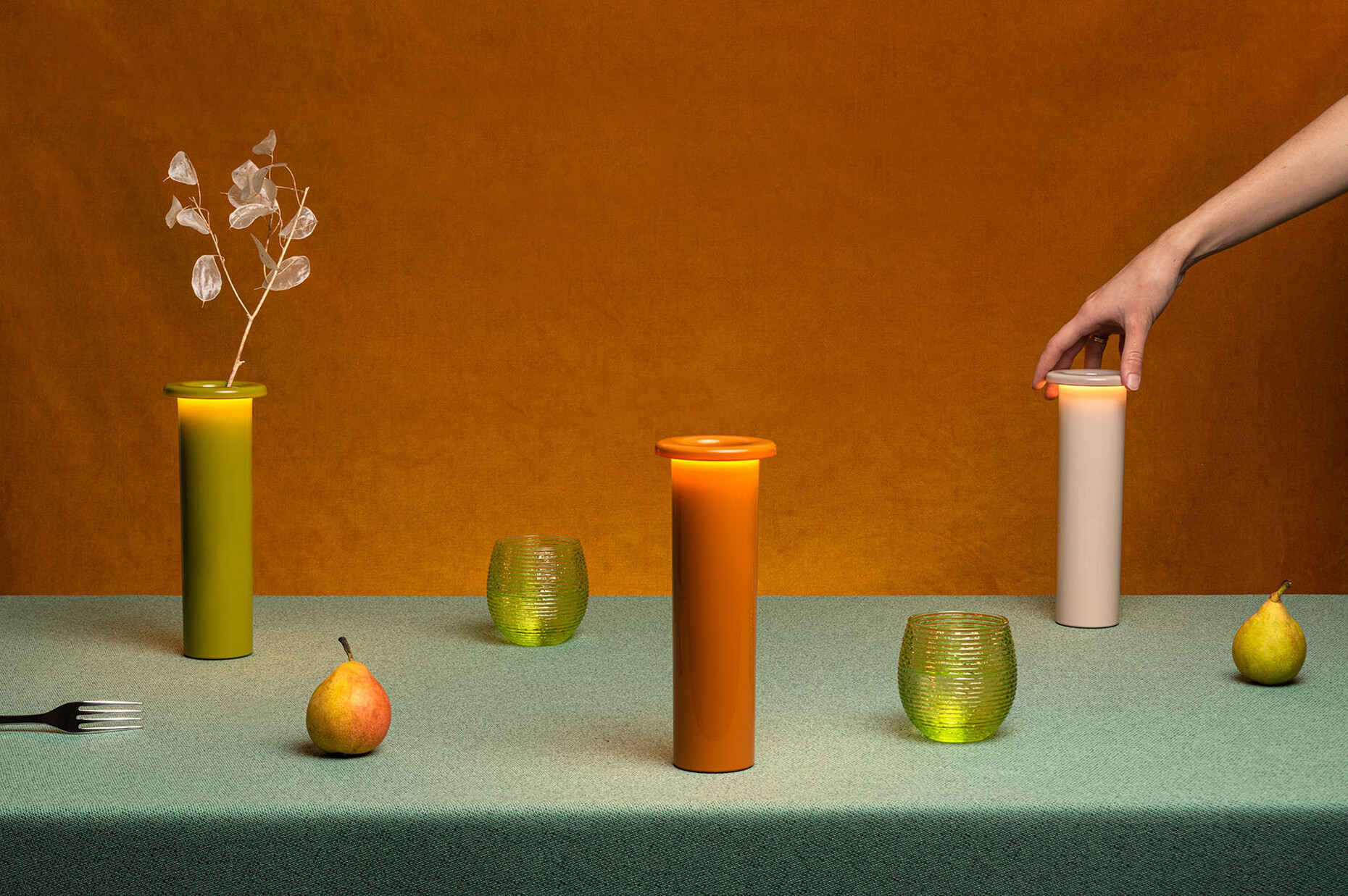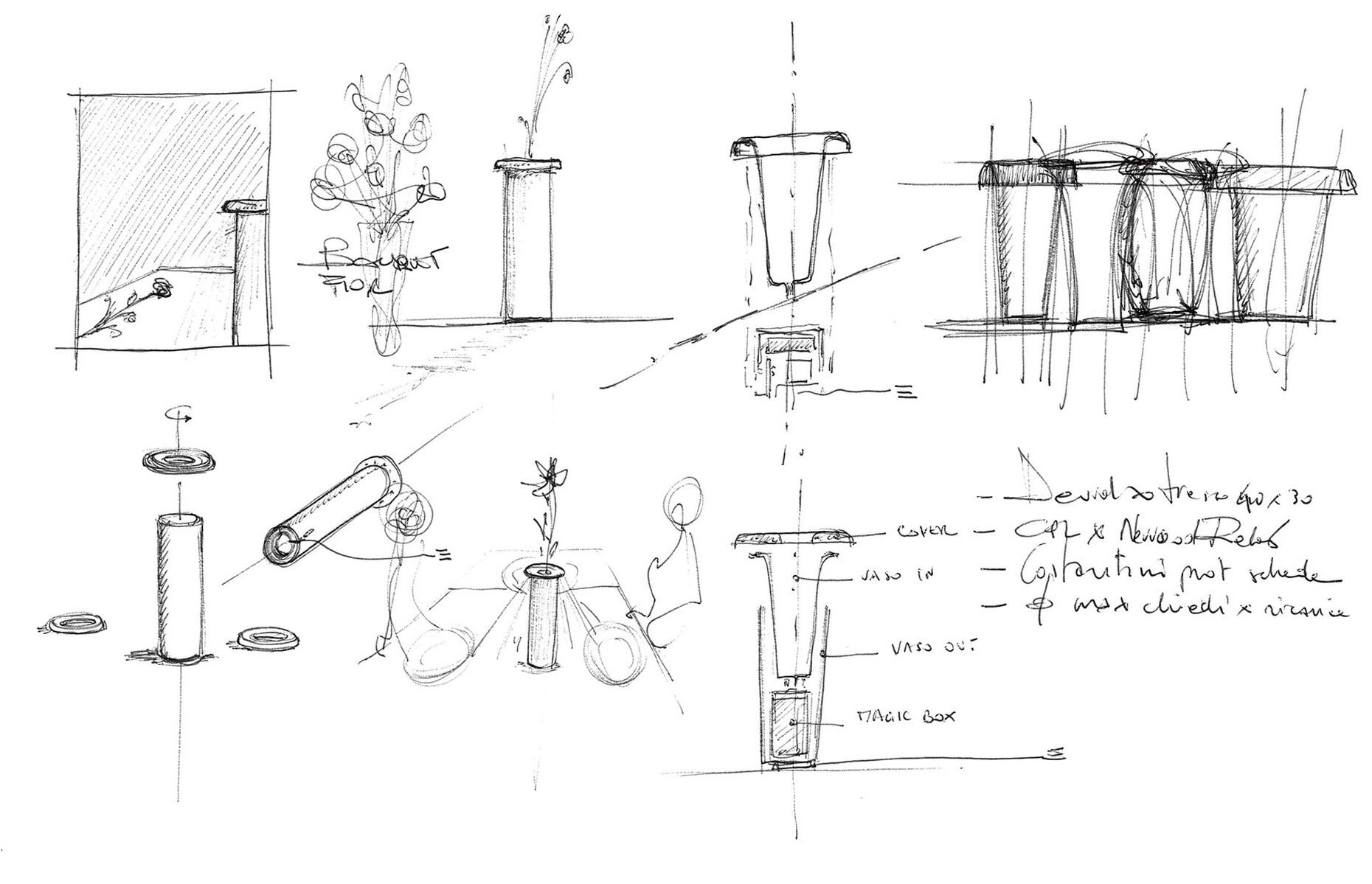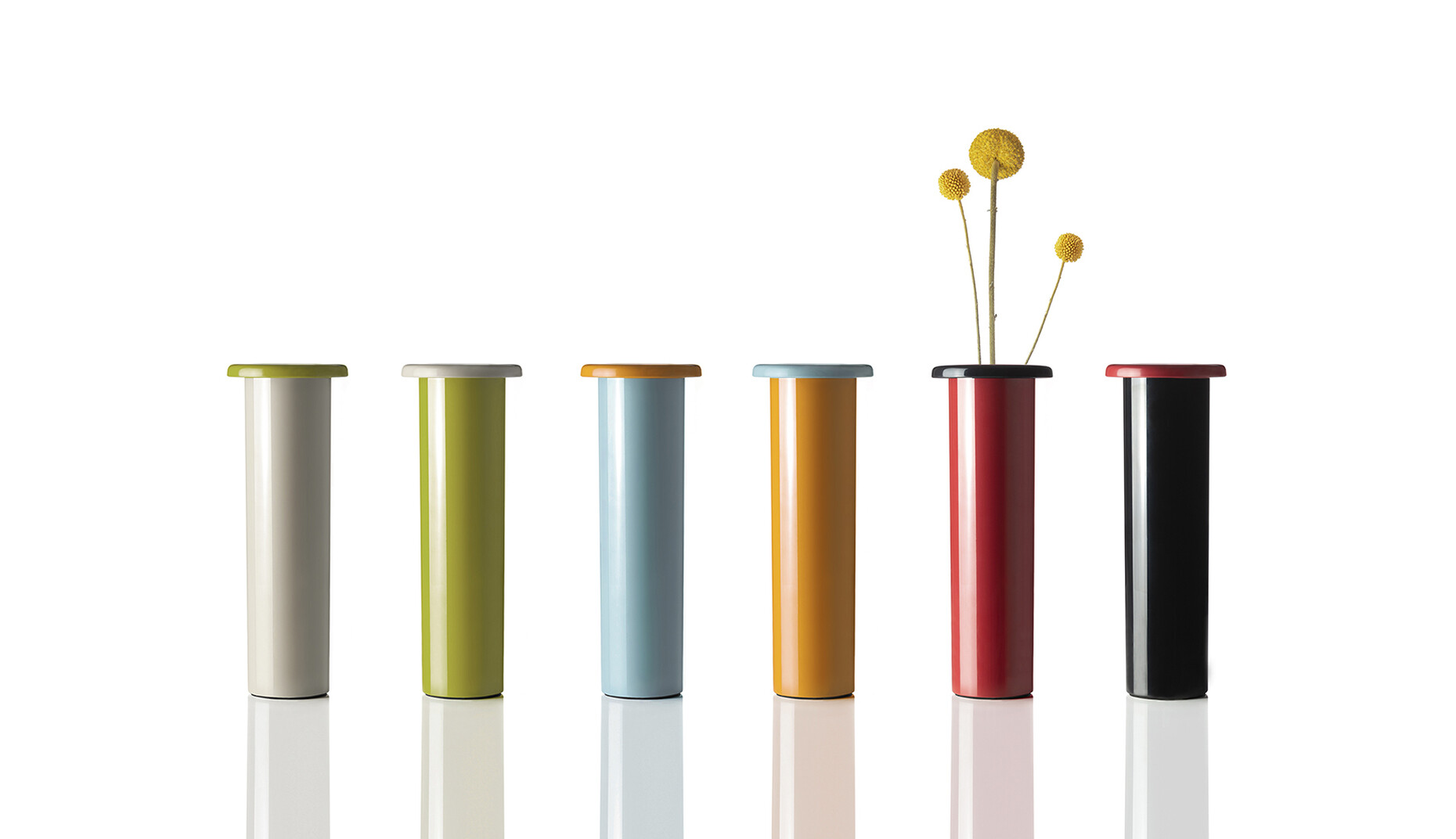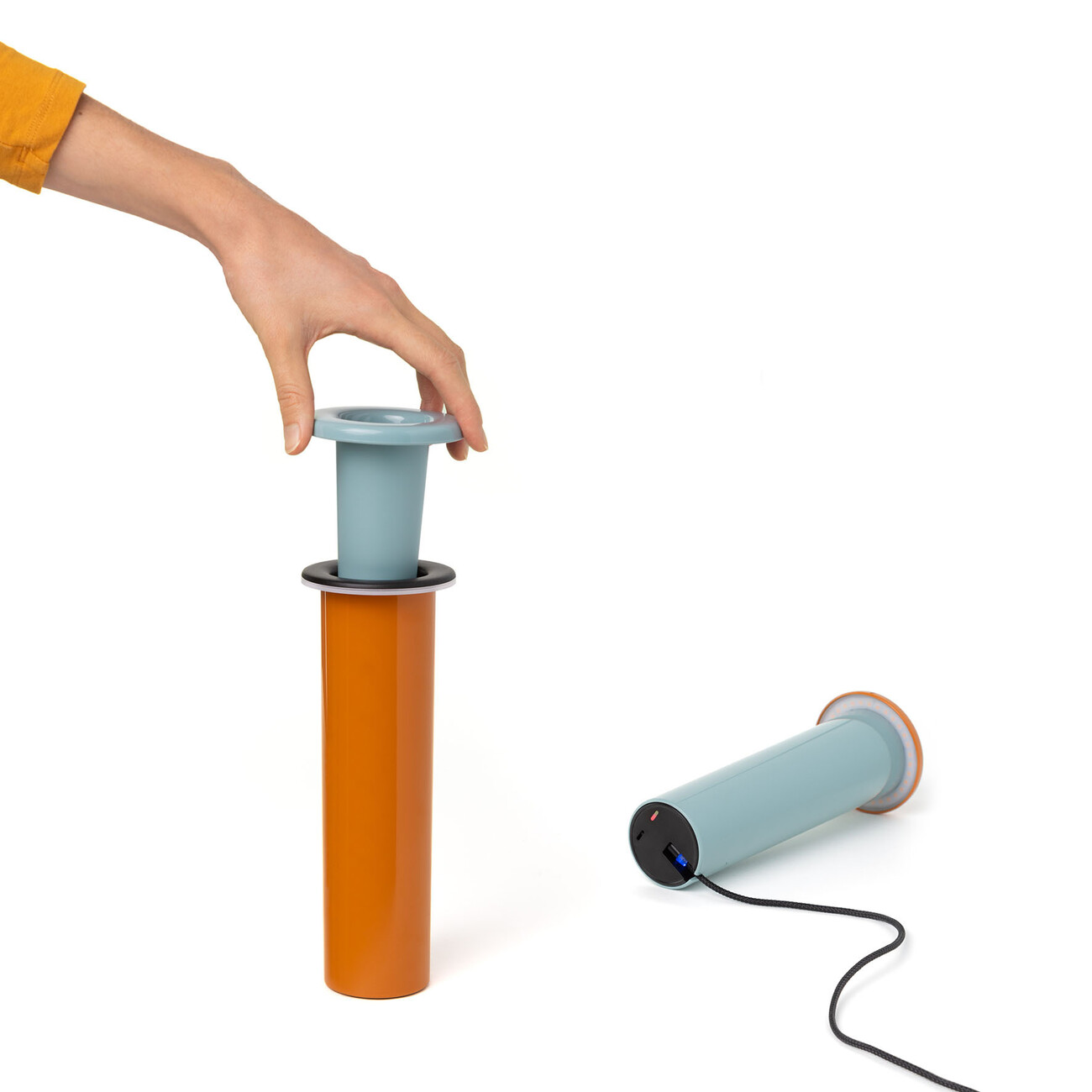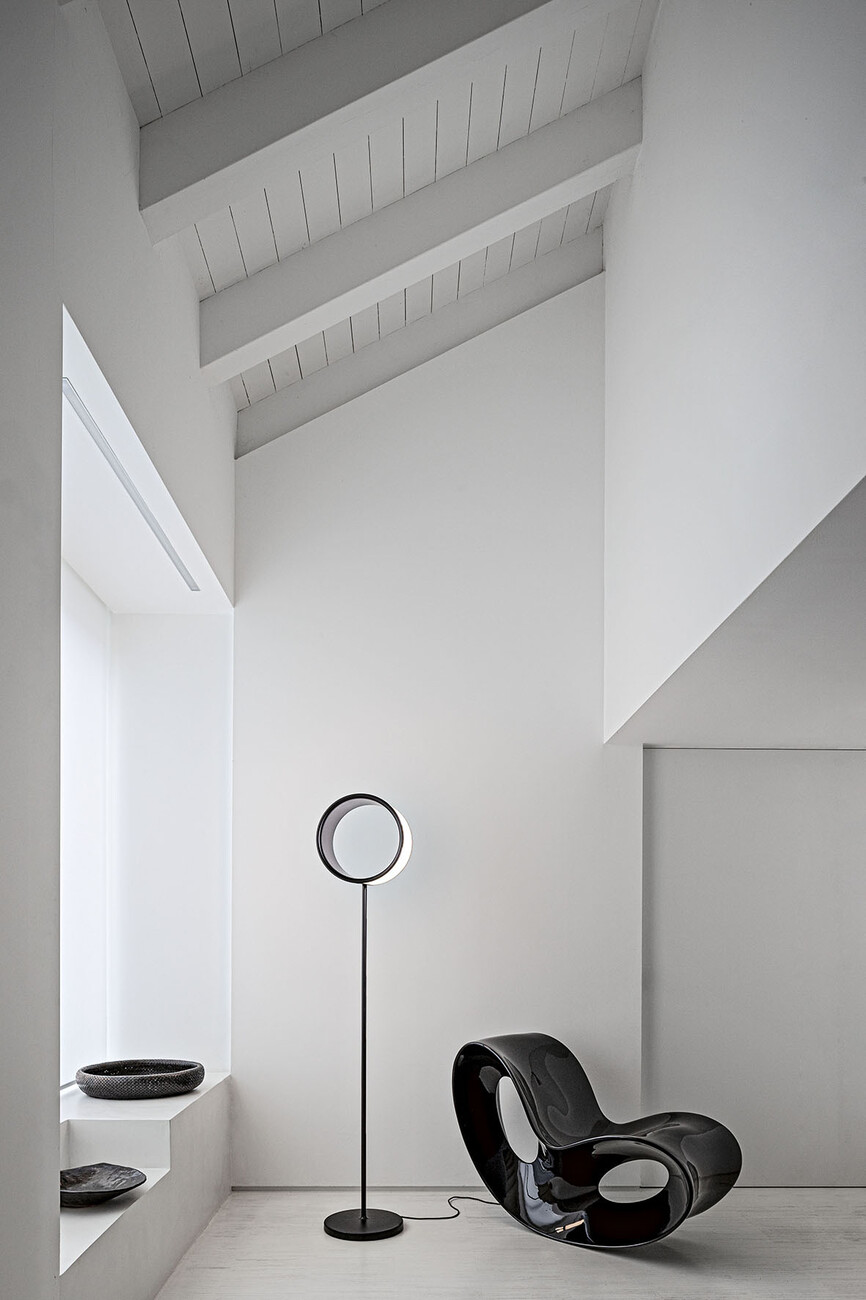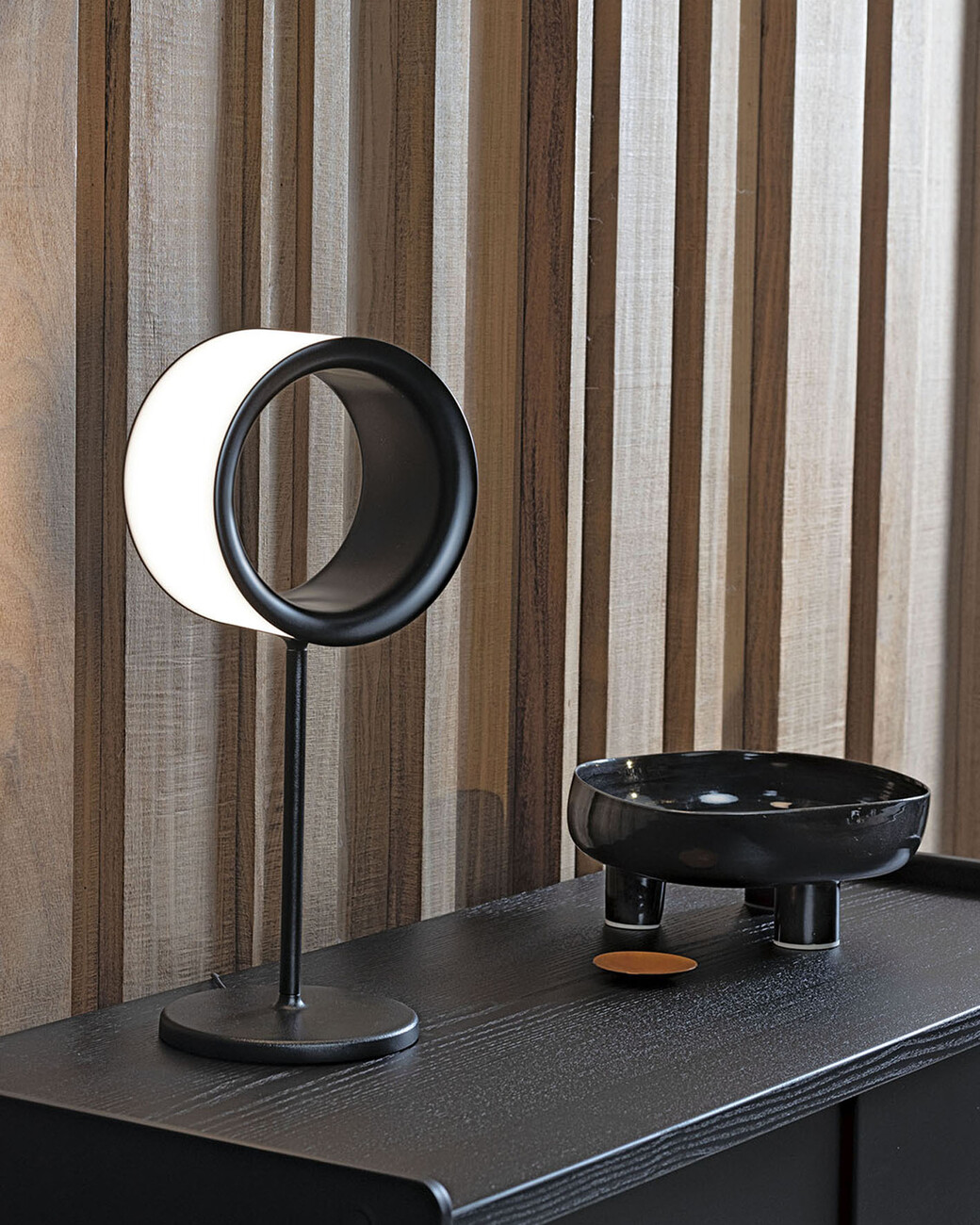Designing the Essentials
Anna Moldenhauer: One of your quotes is: "Our approach to design is defined by the will not to belong to a specific age or context ... These are 'no time no space' objects. How do you achieve that?
Federico Traverso: In our projects we look for the right balance between something that is not bound to a specific time and that can be employed everywhere, in each and every situation, and at any time. We are interested in something that is located between elegant ideal and scientific considerations.
What characteristics must a product have to achieve this goal?
Alberto Brogliato: Every project has its own story and every object has its special features. That’s why our aim is for our objects to fit in different settings. We don’t want short-lived bestsellers but enduring evergreens that you like to have around and appreciate. Before resorting to recyclable and recycled materials, products should be designed in such a way that you would ideally like to keep them a lifetime.
Federico Traverso: For example, for the luminaire "Lost" we looked for a poetic subject, the empty space in a circle. We spent a lot of time on this balance, because if the design goes too far, we have lost the balance. Our objects are very unexcited, they demonstrate that the design process was not a sprint.
What made you decide to collaborate with Magis?
Federico Traverso: Well, what we really strongly appreciate about working with Magis is that they don’t impose any restrictions on our ideas. Rather, we were able to design a luminaire that doesn’t have the conventional structure. The circle is simultaneously the source of light and lampshade, lending it a perfection and lightness.
Alberto Brogliato: When we found the solution for the design of “Lost” we were actually in the middle of the process of developing a chair with Magis. When we showed Eugenio Perazza the prototype for the luminaire at the same time he said “Give me a week to think it over and talk about it with Alberto, Barbara and Enrico.” Two days later he called us and said: “Stop what you’re doing on the chair for a moment and continue with the luminaire.” It was the same for “Bouquet”, the combination of a vase and a rechargeable luminaire, Magis really quickly gave us the go-ahead on the project. They aren’t afraid of experimenting and taking a risk now and then.
To move onto “Trave”: The chair has an unusual structure given that the main piece is a curved section of bentwood, onto which the chair legs and cushion are attached. You might say that each section needs the other to remain in balance. Where did you get the idea?
Alberto Brogliato: Basically, just about all shapes have already been used for a chair. So we were interested in a chair of solid wood with bentwood elements whose craftsmanship is evident. Then we looked at how this type of chair is produced and considered how we could adapt the design. Subtraction is one method we like to work with – what is left when we concentrate on the core of the structure and say remove the backrest and seat area? So the solid bentwood is the heart of “Trave”", which is joined with all the other elements. When we presented the final result to the Magis team they told us we had developed a new kind of design for a wooden chair. That was a brilliant moment. The challenge was to ensure this new structure was as robust as possible so that it would withstand all the necessary tests. It takes several weeks to prepare the wood for bending and get it into the desired shape. And apart from two screws for affixing the seat and back cushions we wanted to do without metal parts in our structure. This makes the structure like a puzzle and most of it is hidden inside. This is a typical approach for Magis, combining traditional craftsmanship with an extraordinary, advanced process to create a unique product.
With an eye to the sustainability of your products for Magis – apart from a design that doesn’t follow any trends but is unique, what else is important for you in the structure?
Alberto Brogliato: Well, for example "Lost" and "Bouquet" can be completely dismantled which means you can replace individual elements. What’s more, "Bouquet" is run by battery and it can be replaced. That’s the difference to many rechargeable luminaires where the elements can’t be removed. We are also careful to use as few different materials as possible so that the various components can be separated more easily from one another.
In 2014, you founded the BrogliatoTraverso design studio; more recently you started a new chapter in your business lives. Can you explain what this starting afresh involves?
Federico Traverso: After completing our studies in architecture and design and spending time in Japan, the United States, and Canada for a while we managed an office with 13 people. Last year we decided we only wanted to work together so we could concentrate on three, at most four projects a year. We are not the kind of designers who present a lot of new products every year and flit back and forth in our design process. Nor do we wish to attend every event in the sector or try and be visible everywhere - that’s not our goal. We are happy when we can concentrate on our passion for design and now that’s possible. We feel liberated now we have cut back to just the two of us. And recently we also changed our location and are now working from a historic villa in Vicenza, which is so quiet that you can hear the birds chirping outside.
What are your current projects for Magis?
Federico Traverso: We are currently working together on various projects with Magis, a process that always remains exciting as Eugenio Perazza always puts the next step on an even higher level. We’d like to find the best way for every idea, and we don’t mind if this idea takes a little longer. An important aspect in our collaboration with Magis is the time they give to development – in contrast with our fast-paced branch. They give us the time we need because they realize that then the result will be even better. This ensures that all the products are of a high quality. Sometimes it is this very freedom that you need in design so as to find a solution that’s perfect.










